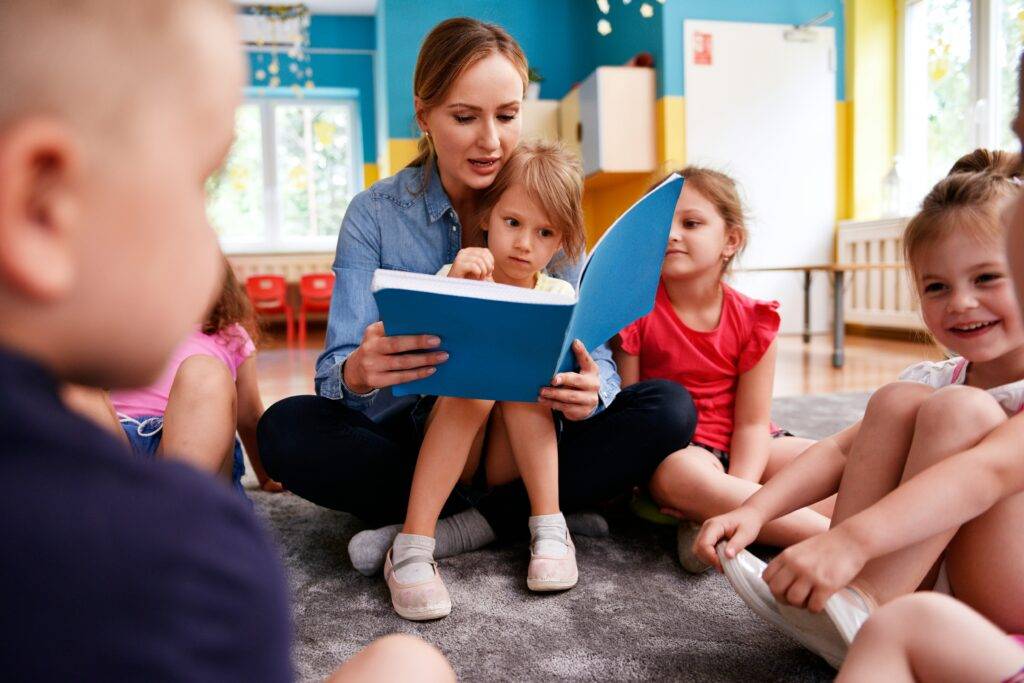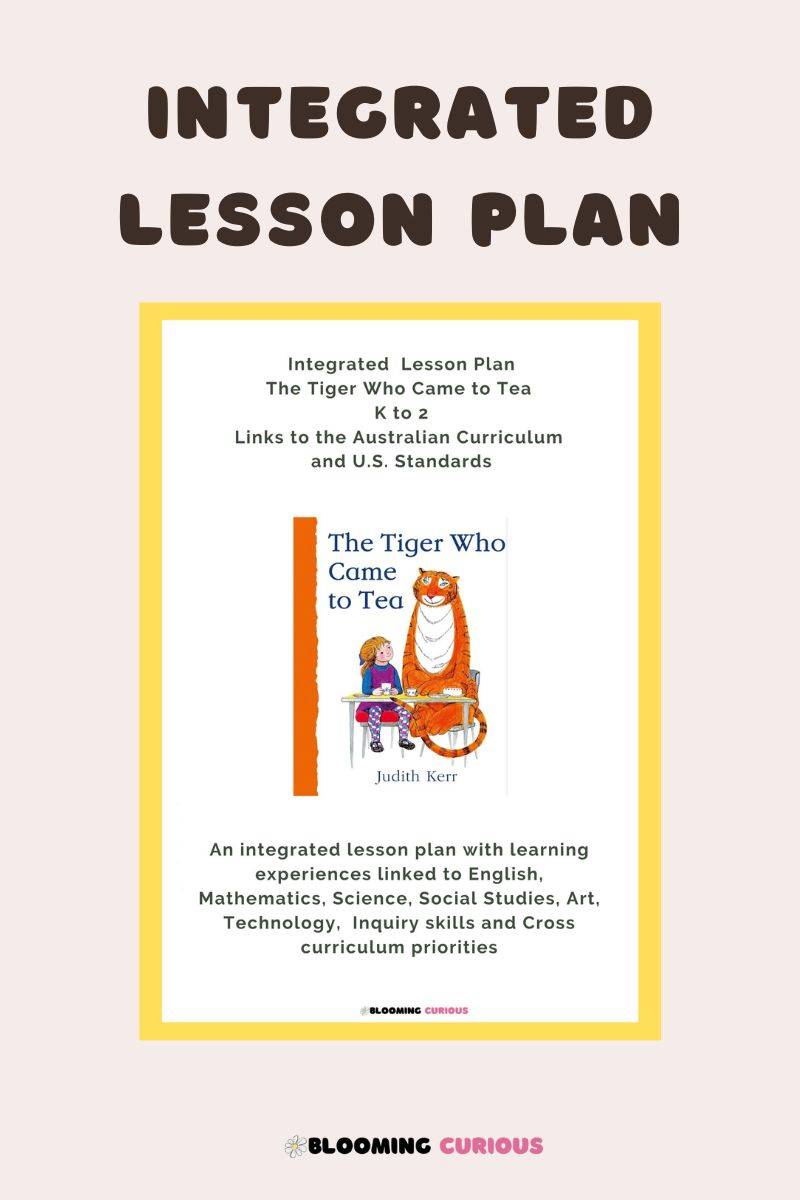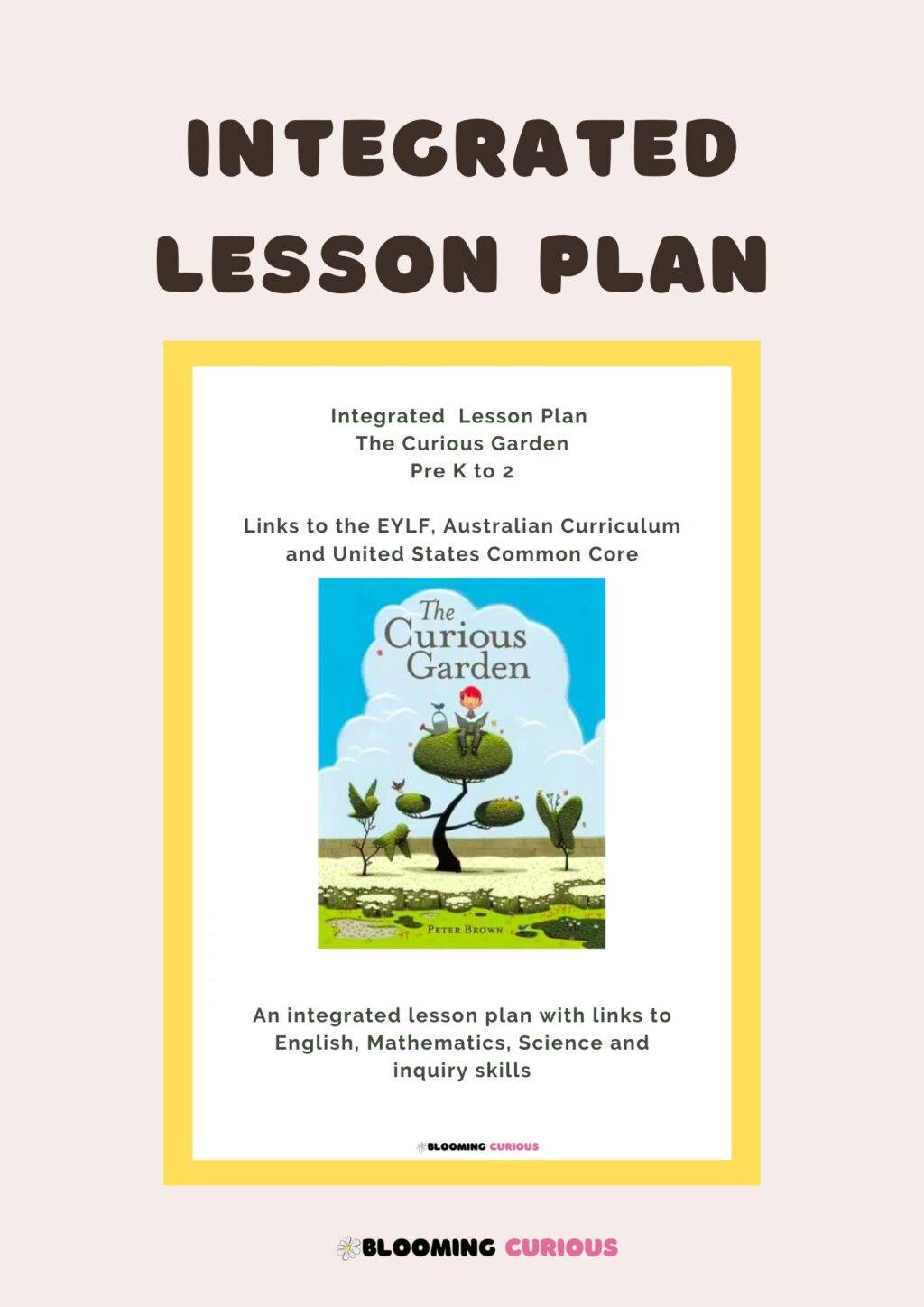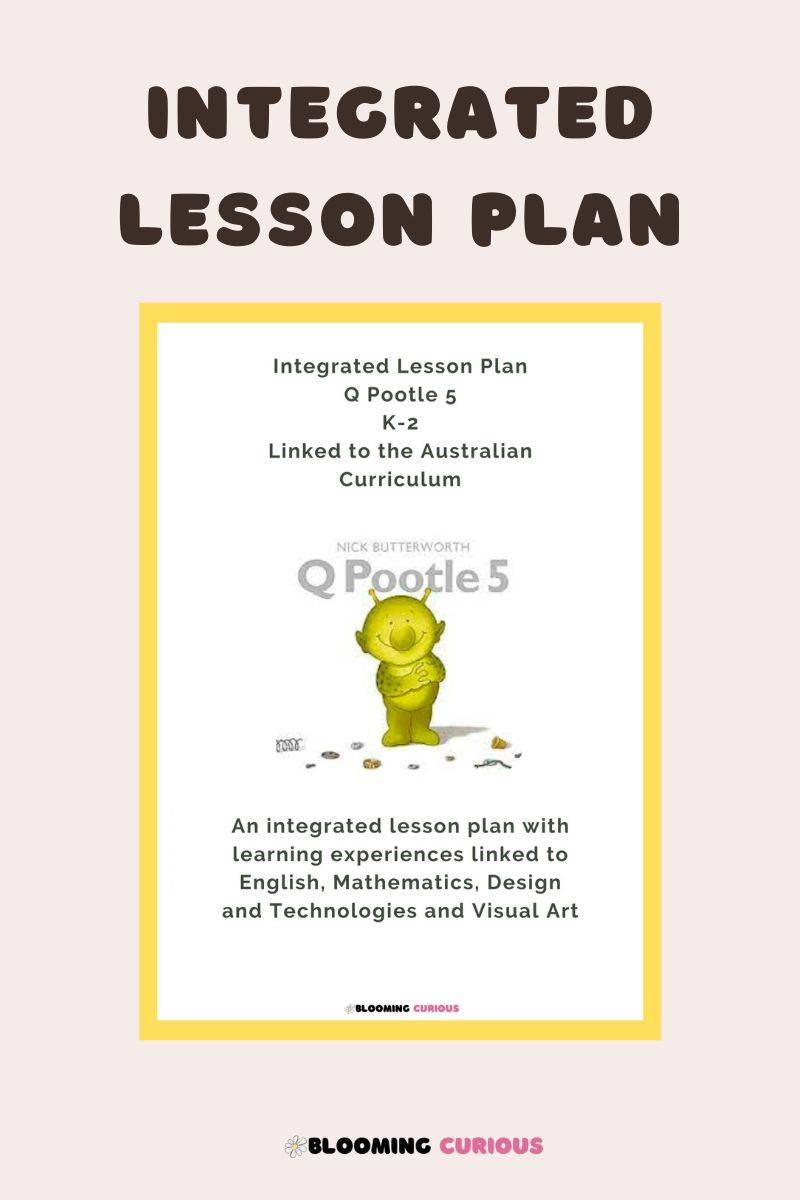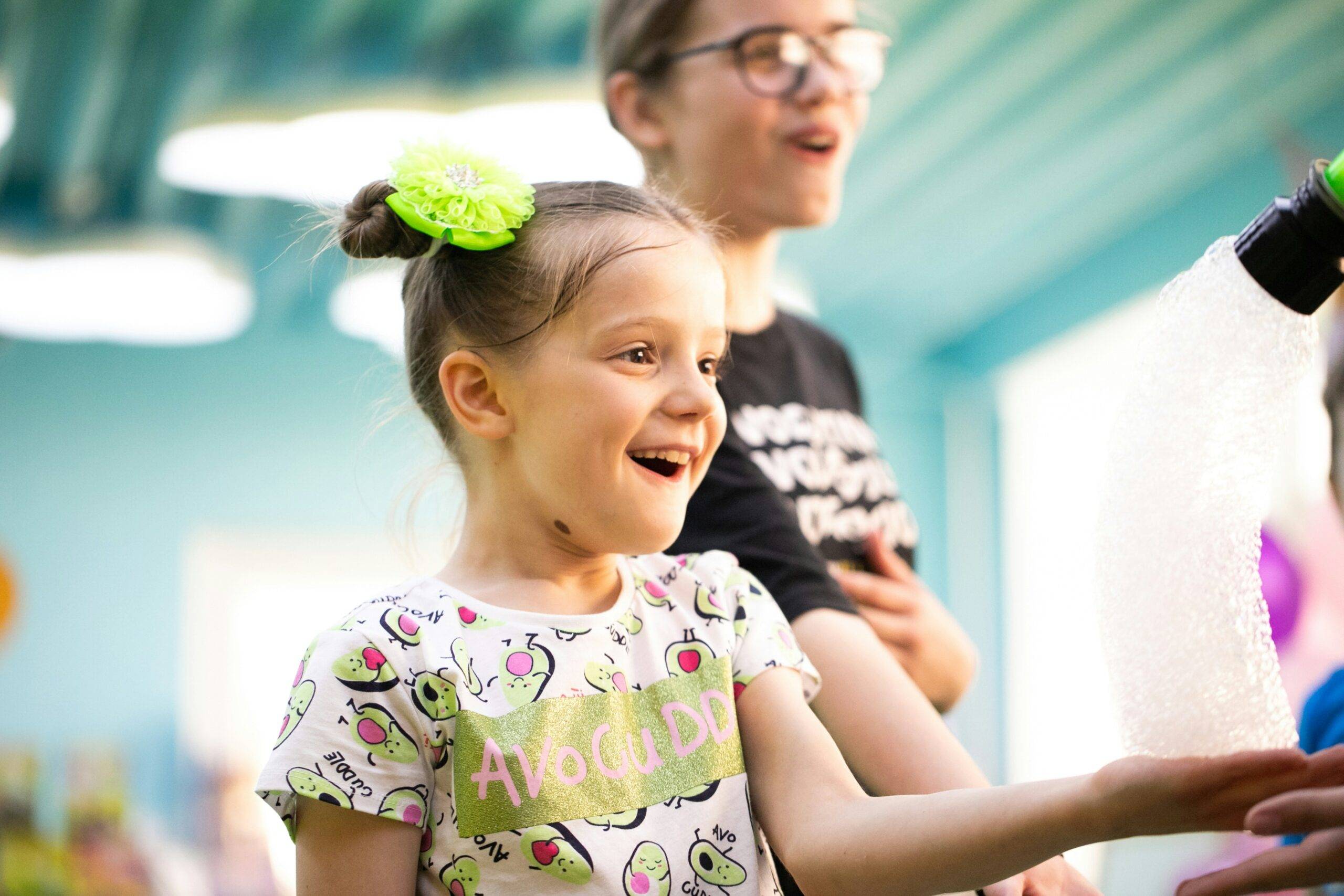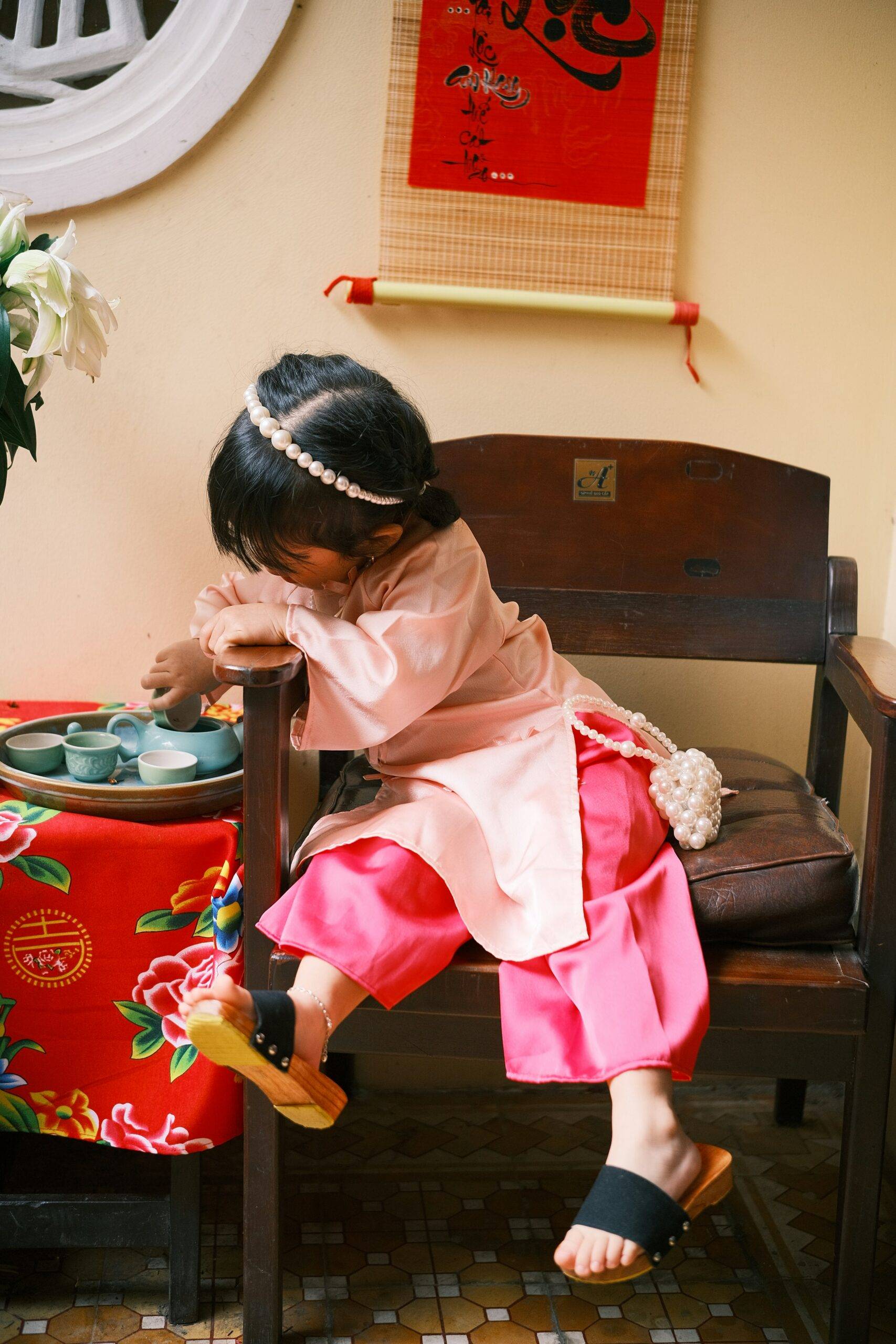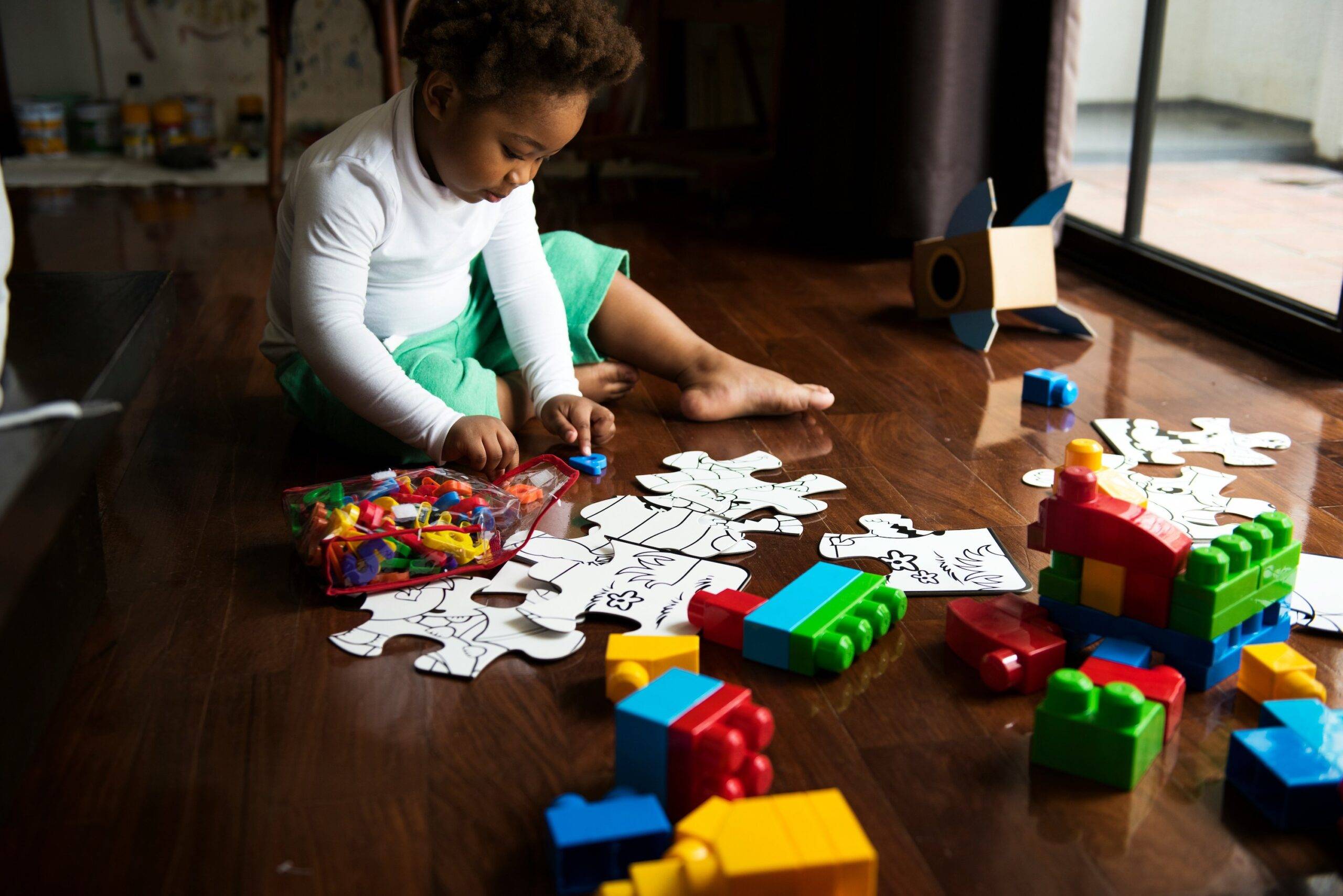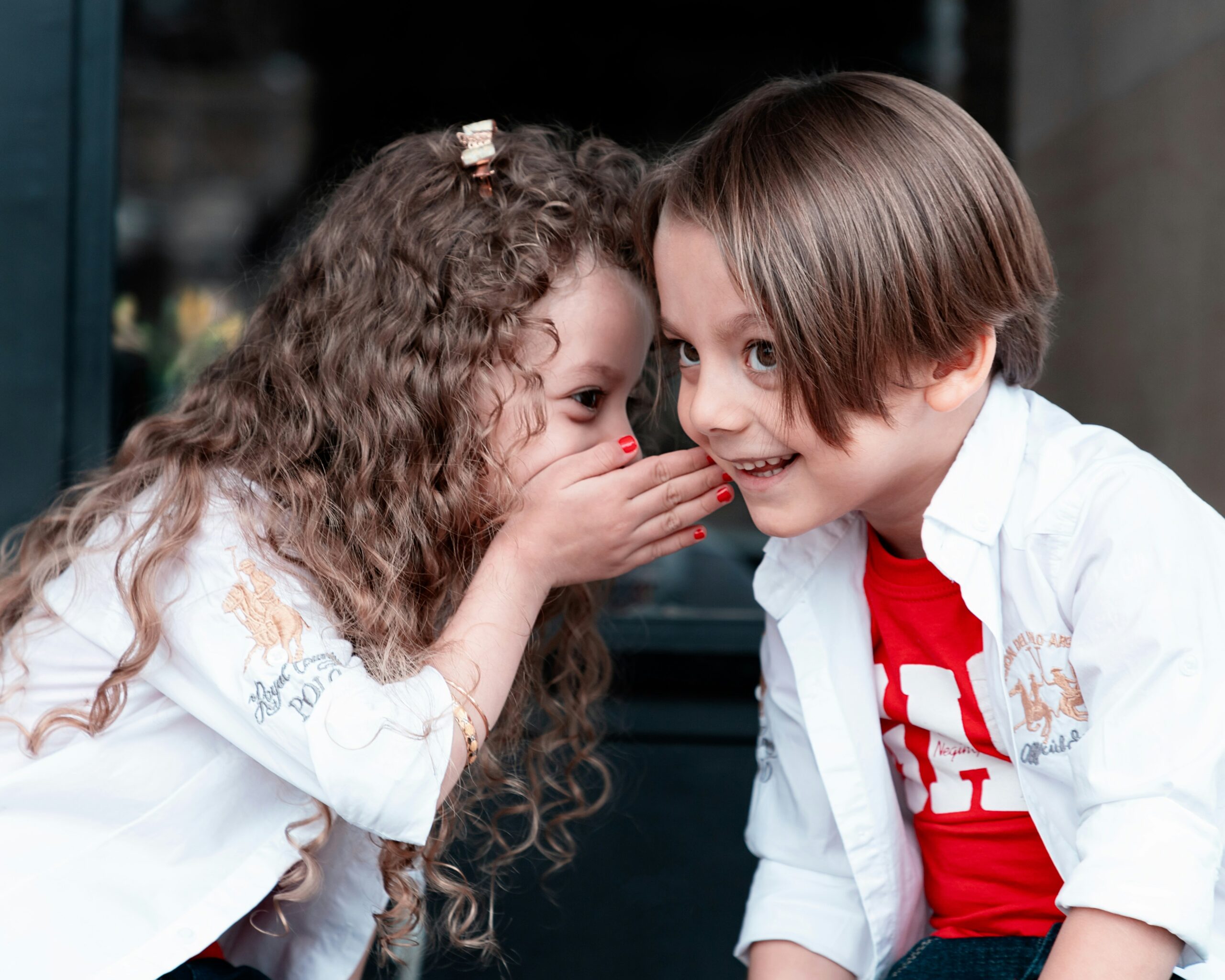Some of the links below may be affiliate links. This means that, at zero cost to you, I will earn an affiliate commission if you click through the link and finalise a purchase. All product recommendations are products that I have used and loved, or products that I would recommend based on experience.
Picture books are a great catalyst to delight, and engage children and get them curious and questioning.
Research around reading to children
Reading also has a powerful effect on the brain. Studies done by the Reading & Literacy Discovery Center of Cincinnati’s children’s Hospital, actually prove the potential benefits of reading books on children’s brain development and the detrimental effects of screen time on children’s brain development. Scans comparing the brains of children who are often read to by a caregiver to that of a child who spends an average of 2 hours a day on a screen (that includes TV smartphones and tablets), and what they found was that children who are often read to show growth in organized white matter in the language and literacy areas of the brain – and these are the areas that support learning. However, the children that spent 2 hours per day on screens, their brains showed massive underdevelopment and disorganisation of white matter in those same areas.
According to this research, the brain is made up of grey matter and white matter. The grey matter contains most of the cells that tell the body what to do, while the white matter is made up of fibers which connect the brain cells to the rest of the nervous system. The child’s ability to learn is dependent on increasing and organizing the white matter because it’s critical to the brain’s ability to communicate across the various parts. If this white matter is not well developed, the brain’s processing speed slows down which means that learning is negatively impacted. According to the research it’s crucial that the developing brains of children receive lots of stimulation from caregivers in the form of language, experiences and being read to that lead to increased connections between neurons, and the more neural connections, the more efficient the brain becomes.
Furthermore in this study of 47 healthy children (it’s a small sample, but a sample nevertheless), children were also given cognitive tests and they found that children who used screens for more than one hour a day, had poorer emerging literacy skills, had poorer expressive language and tested lower in the rapid naming of objects. On the other hand, they found that children who frequently read books with a caregiver scored higher on cognitive tests.
Read about the study: https://edition.cnn.com/2020/01/16/health/child-brain-reading-books-wellness/index.html
The thing is that the time spent on screens, deprives children of opportunities to play, be creative or go outside in other words, opportunities that benefit neural pathways.
Myself and colleagues who have been in education for a long time, have seen first-hand how children’s language and behaviour have deteriorated with the increasing use of technology. A study such as this proves our observations to be correct.
Speaking and reading to children so that they develop a love for language and reading is crucial, if we are to give children the best possible chance for learning and set them up with habits that are much more beneficial for their learning and overall mental health.
What’s the best story format for children?
In another study done with lead researcher at Cincinnati Children’s Hospital, Dr John Hutton, explored the effects of three different formats of stories on children’s brains – audio only, a picture book with audio and an animated cartoon. What the researchers found was that a picture book with audio, essentially a picture book being read to children, showed a well-balanced integration of the visual and language networks in the brain. The pictures in the book give the child a starting point for bringing the story and their imagination to life. The audio version required the brain to work a little harder to make connections and figure out what was going on, but when it came to watching the cartoon, the researchers found things started coming apart since they felt that there was basically too much for the brain to handle, because brain networks develop gradually and they need a lot of practice over time to reinforce connections. As children become better readers over time, they are better able to use those connections that are being made to see the pictures in their mind when they progress to pictureless books.
Read about this study at https://www.cbc.ca/radio/asithappens/as-it-happens-friday-edition-1.4678180/illustrated-story-books-are-better-for-kids-brains-than-video-or-text-study-finds-1.4678195
Qualities of a good picture book
The best picture books stimulate wonder, imagination and curiosity and help children develop their comprehension and language and the illustrations add to the story and fill in the gaps they may have in their understanding. This is why it’s so important that children are never denied looking at the pictures for clues to help their understanding, when they are reading or are being read to.
Picture books are also a great starting point when you’re exploring a topic whether it be in Science or Social Studies or even Mathematics. Picture books also provide the perfect framework for teaching children how to write well-constructed narratives. A good picture book will follow the classical story mountain construction; starting with the introduction of characters and setting the scene and then progressing to the events that lead to a problem or conflict, then the climax, which is the problem or dilemma that the character faces and then off course the character finds a way to solve the problem and finally the resolution which is the ending of the story.
Picture books for sensitive topics and developing phonological awareness
Picture books are great when it comes to dealing with sensitive topics. Many picture books provide a welcome introduction into sensitive topics or topics that help children recognise and respect differences. Books like Spaghetti in a Hot Dog Bun by Maria Dismondy or The Invisible Boy by Trudy Ludwig or Alma and How She Got Her Name by Juana Martinez-Neal or Elmer -The Patchwork Elephant by David McKee all celebrate individuality and differences. Picture books make discussing sensitive topics or introducing difficult discussions so much easier, because children are able to make connections to stories and it makes for a more positive experience all round.
Another benefit of reading to children is that it helps them to develop their phonological awareness – to develop their “ear” for the sounds in words. Reading rhyming picture books is a powerful way to help children hear the sounds in language and nothing does this better than rhyming picture books. Think all the Dr Seuss books! Download a free list of my favourite rhyming picture books here.
Picture books and inquiry
Picture books play a crucial role not only in the development of language and reading, but also to stimulate inquiry and wonder. Australian inquiry-based learning expert, Kath Murdoch, writes about the role of picture books in inquiry in her blog post Inspiring Inquiry through Picture Books https://www.kathmurdoch.com.au/blog/2015/10/26/bo3tpx8qkbkn6vwtemuj674amslke8
Of course, picture books are the catalyst for sparking wonder and curiosity and no science or Social Studies unit should be without books and picture books when it comes to setting up provocations for exploring a concept or topic.
Integrating and making cross curricular connections with picture books
By far the easiest way to introduce a topic is through a picture book. The picture book you choose should be a provocation for meeting multiple curriculum outcomes. I have created an integrated lesson plans for the delightful picture book Q Pootle 5 by Nick Butterworth, which would be a great picture book to use when introducing the letter Q, or perhaps a unit on space. The integrated lesson plan I created, provides opportunities for deep learning with inquiry questions, problem solving tasks and creativity through hands-on learning experiences across English, Maths, and, Design and Technologies all through an inquiry lens.
Get the Q Pootle 5 integrated lesson plan here.
The Curious Garden is another picture book I have used to create integrated learning experiences for children. This lesson plan integrates Science and inquiry through hand-on experiences that are perfectly aligned to a science curriculum where children can explore the changing seasons and the needs of living things, specifically plants. Get The Curious Garden integrated lesson plan here
The Tiger Who Came to Tea by Judith Kerr is a delightful story that integrates Literacy, Mathematics, Art, Design, Science, Humanities and inquiry skills. The lesson plan allows for exploration into different tea traditions around the world, designing a tea party menu, and working on inquiry projects into tigers as well as an animal of the student’s own choice. The lesson plan comes complete with a differentiated student journal, mathematics, literacy, Geography and other subject area activities.
This is the ultimate lesson plan for saving you time! It has been tried and tested and is an excellent example of just how easy it is to meet multiple curriculum outcomes using one little picture book as a springboard for learning.
Do not waste another moment, save your sanity and get your copy of the lesson plan HERE!
All these lesson plans provide experiences suitable from kindergarten to Year 2.
When you are designing lessons using picture books as a catalyst for learning consider the language, the vocabulary, opportunities for integrating art, technology, writing, and even hands-on experiences like creating a garden, or building a sculpture or a piece of art work from recycled materials for your garden, or perhaps a rain gauge to practice measurement, or mapping experiences, anything that can link your learning experiences to real life, so that children can make connections no only to other learning areas but to their everyday experiences too.
Conclusion
Picture books are powerful tools not only for learning, helping children work through problems, and sparking wonder and curiosity, but crucially picture books and reading books to children are essential for creating neural pathways in the brain that ultimately benefit children’s learning and language development.
So, before you reach for the remote, or a device consider your why and whether this ultimately benefits children’s brain development and learning.
The research is clear. If we truly value children and their learning, we need to find better alternatives to screens in our homes and classrooms.
Listen to the accompanying podcast episode here (How to Integrate Science into your Teaching)
If you found this post interesting or informative, use the share buttons below to share it with friends and colleagues.
Click on an image below to access the lesson plan👇
